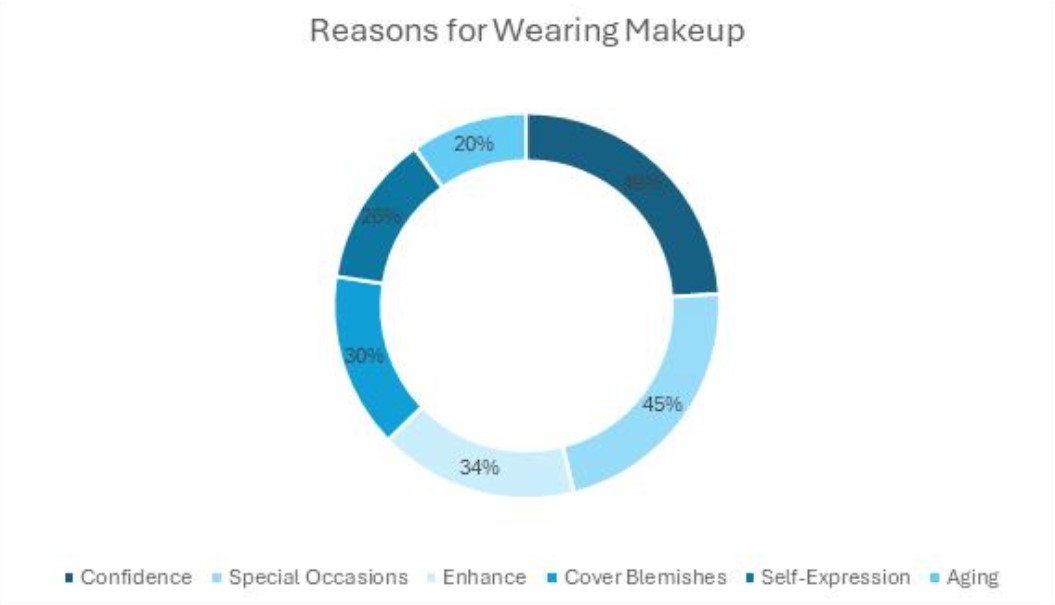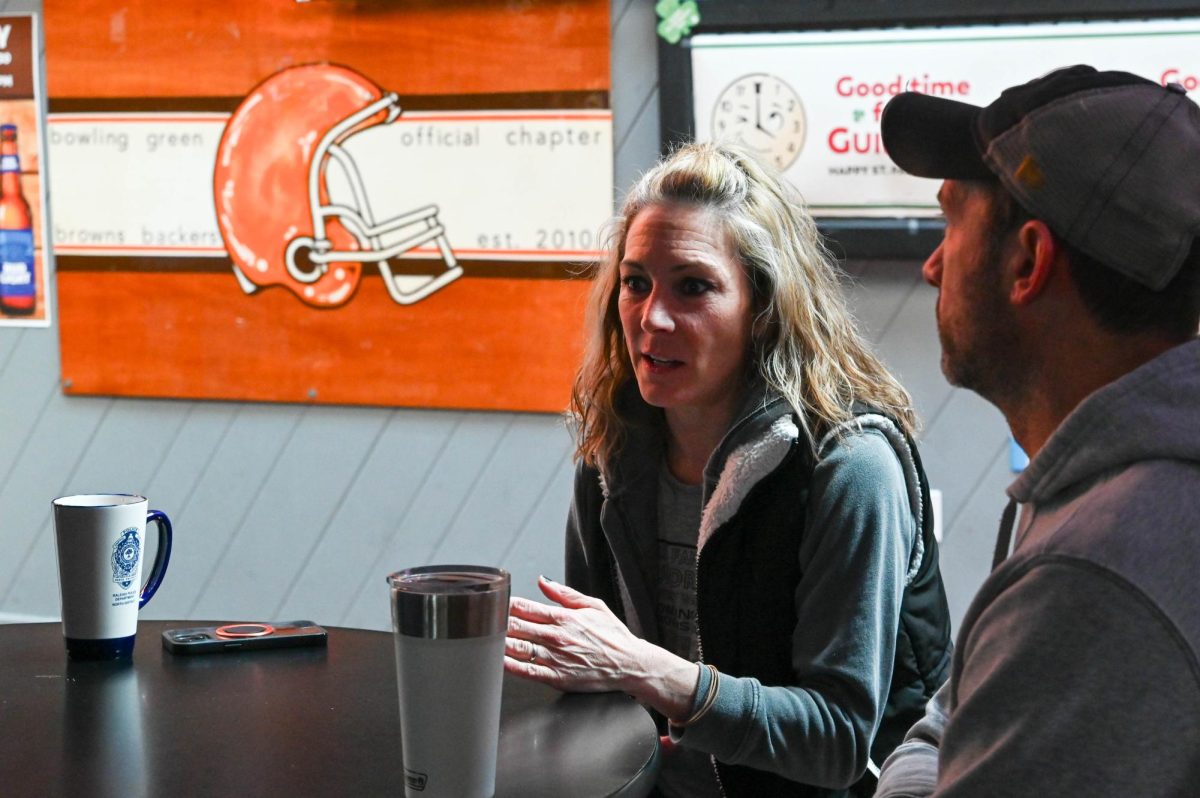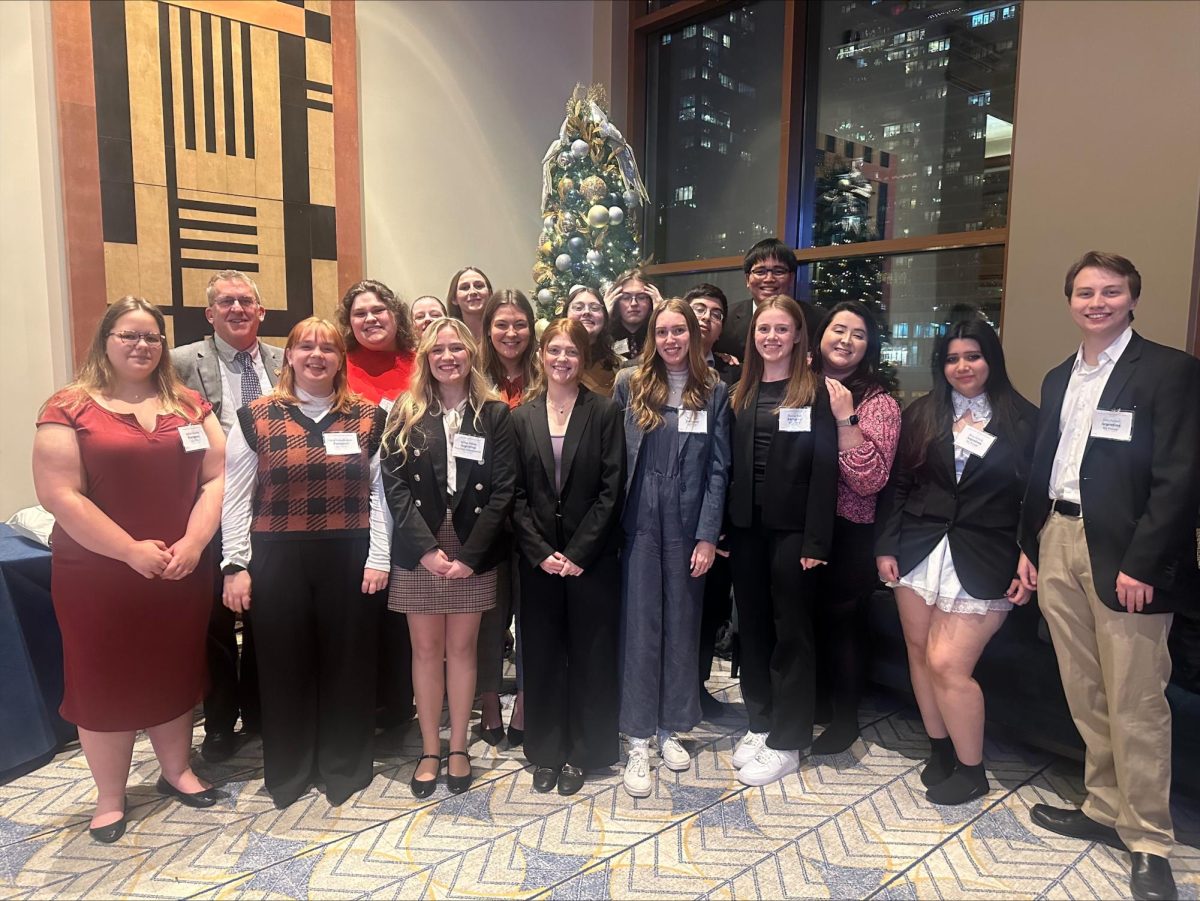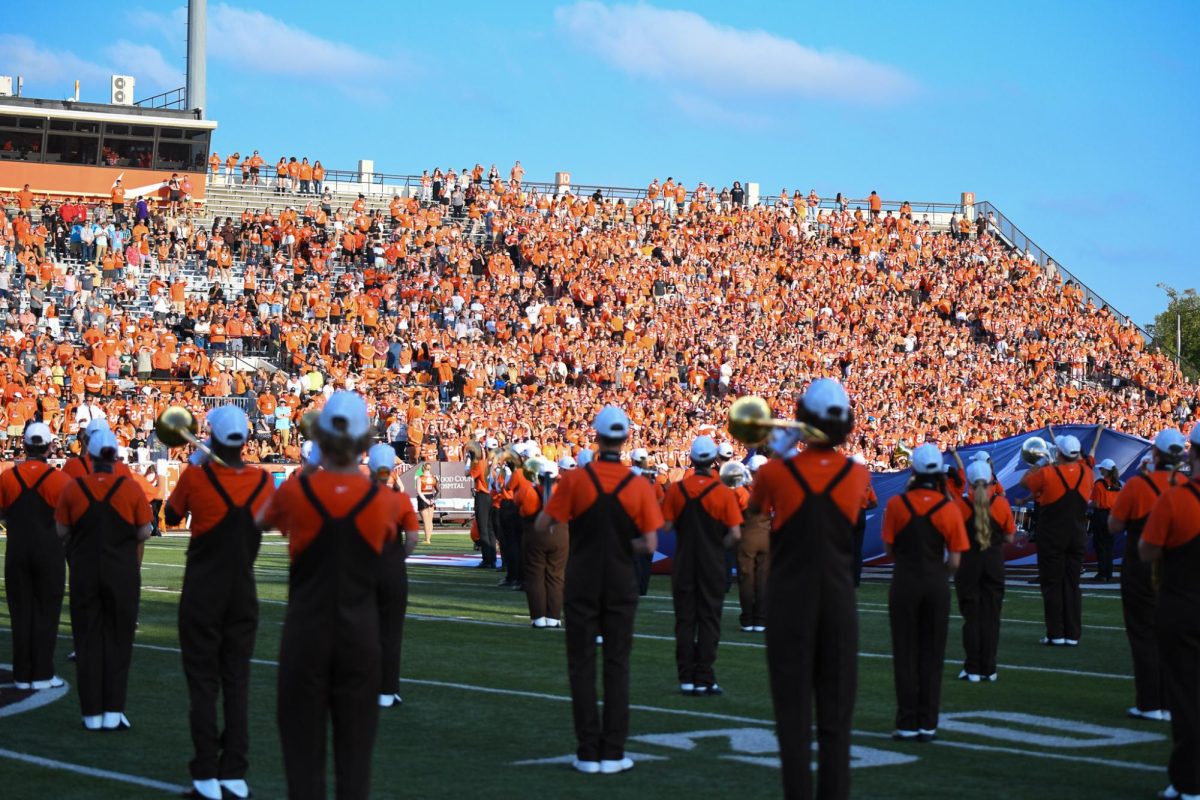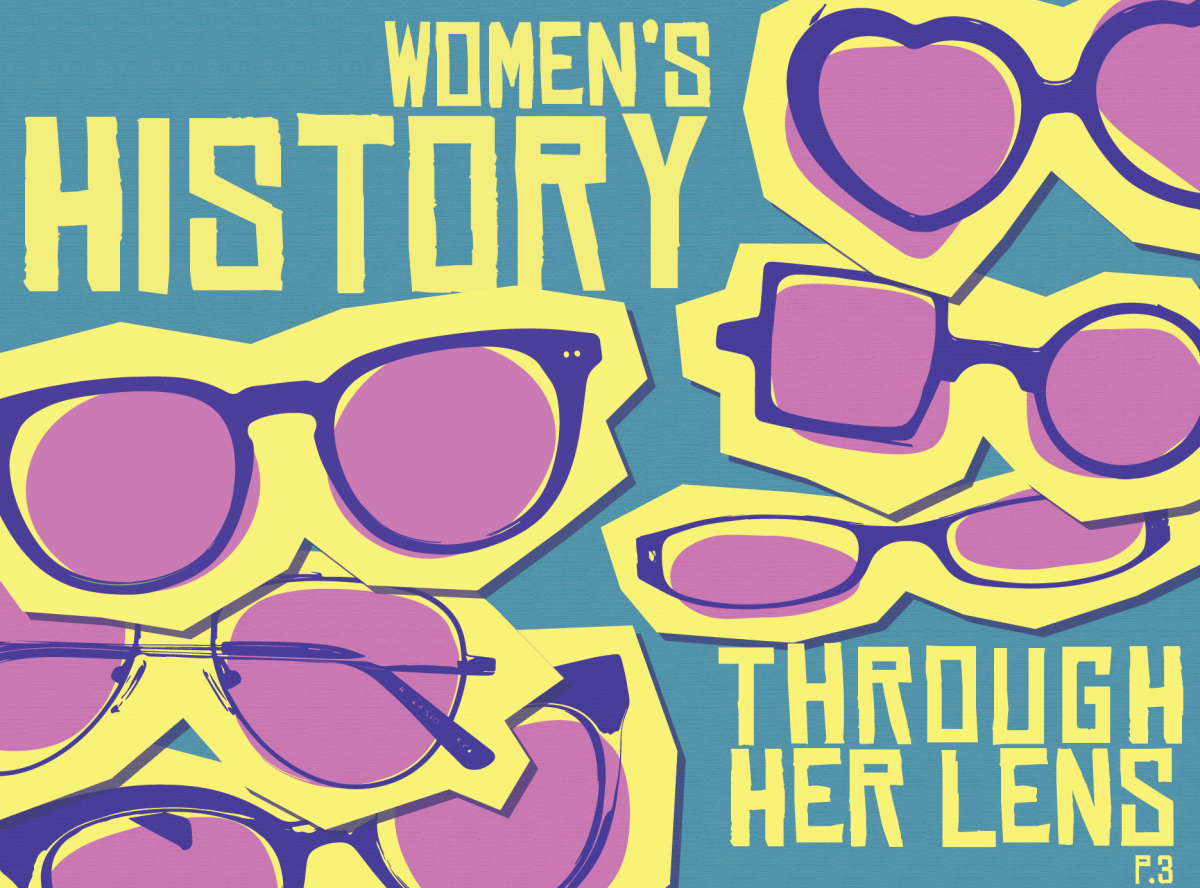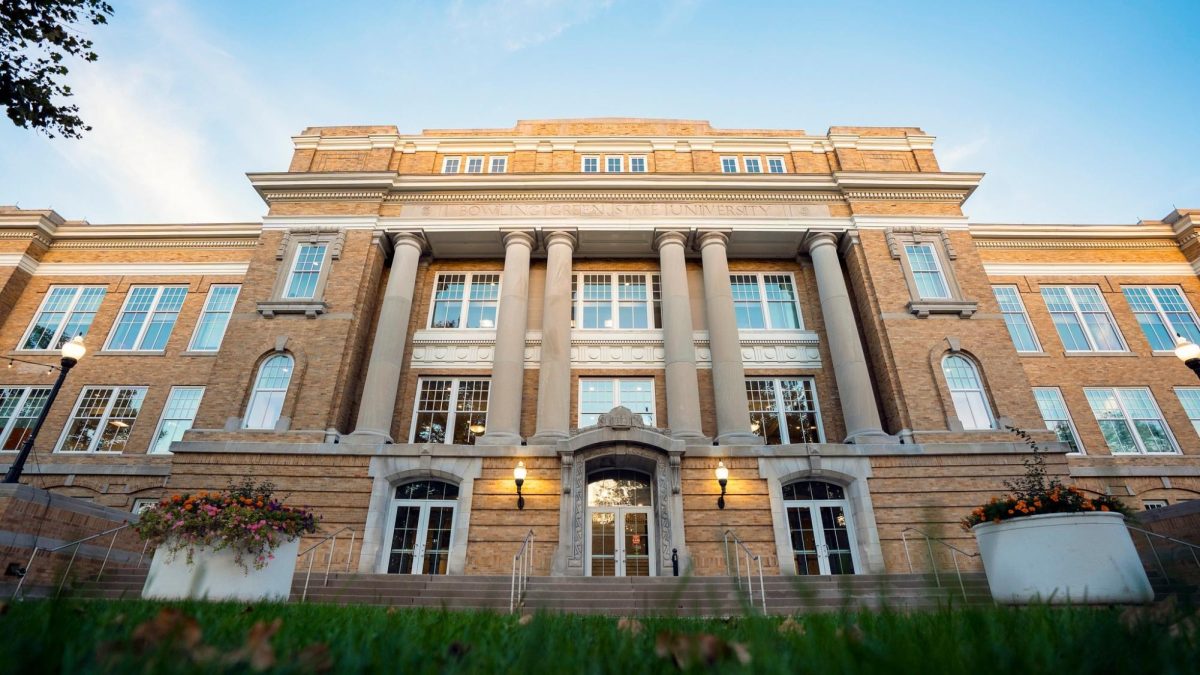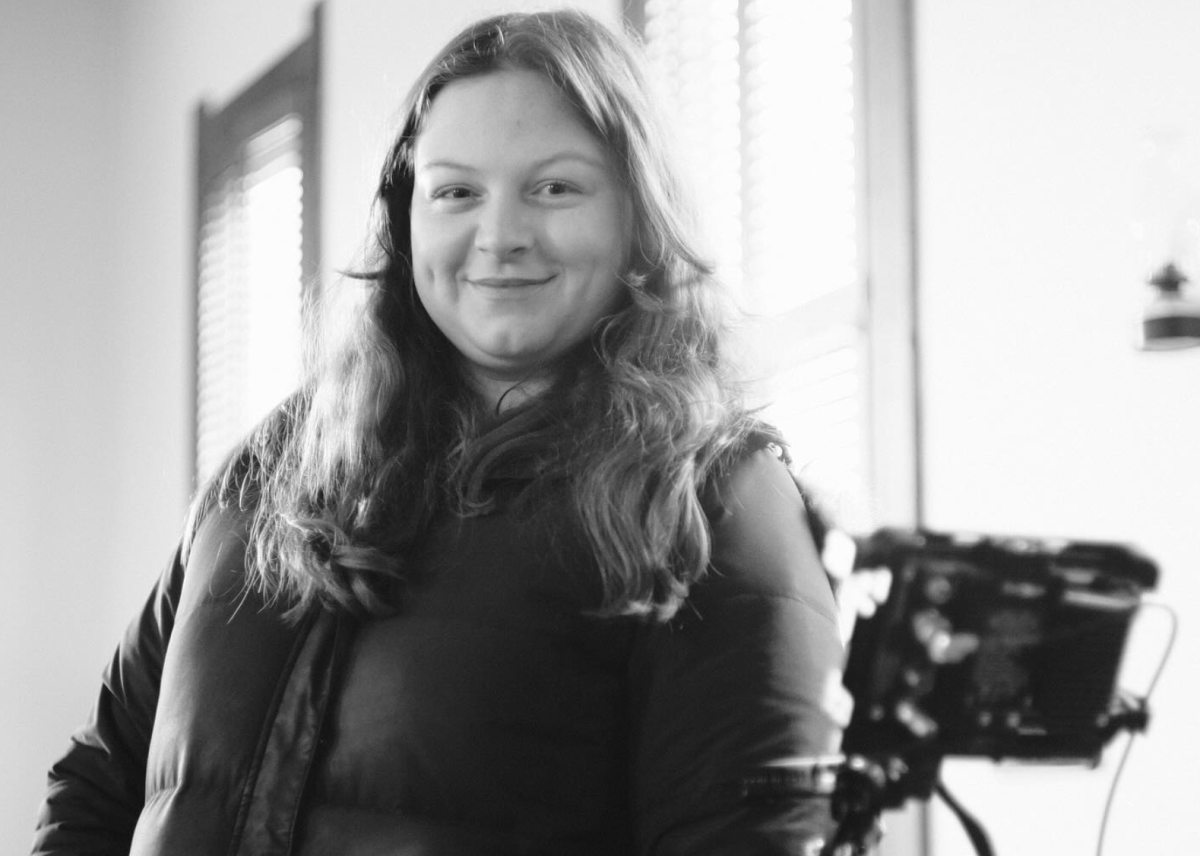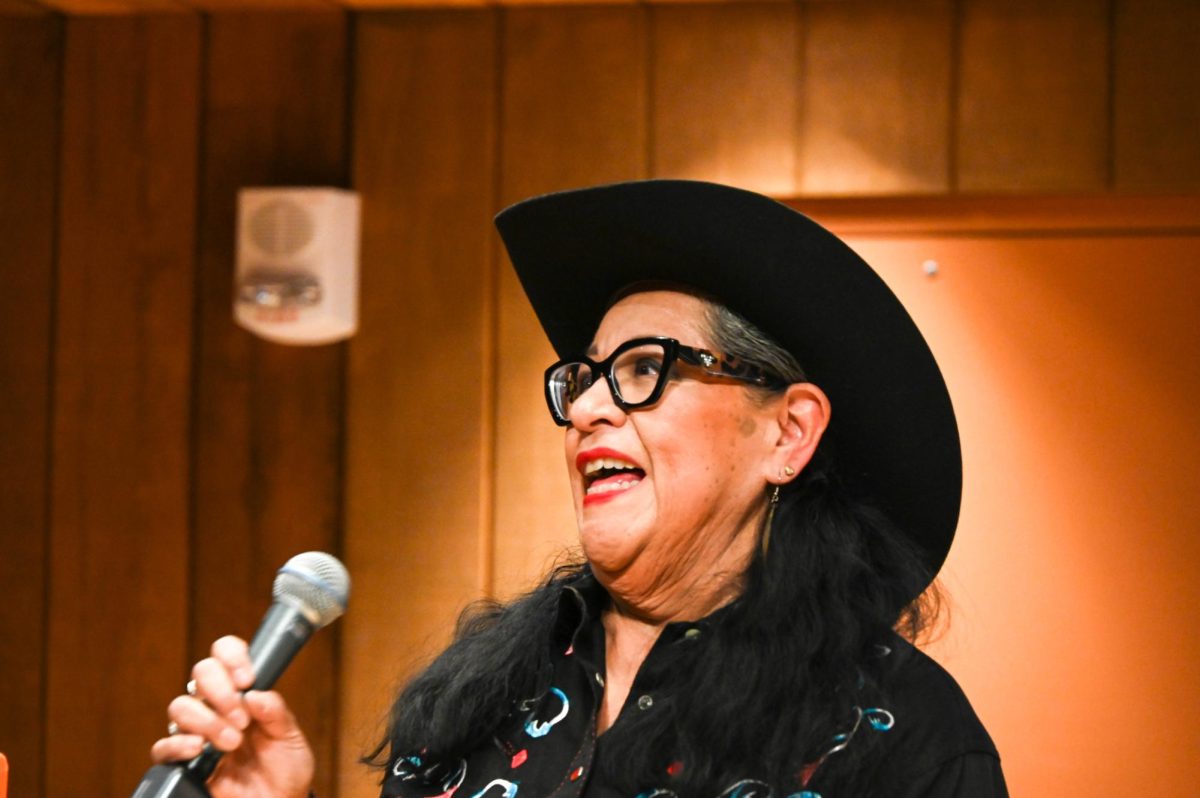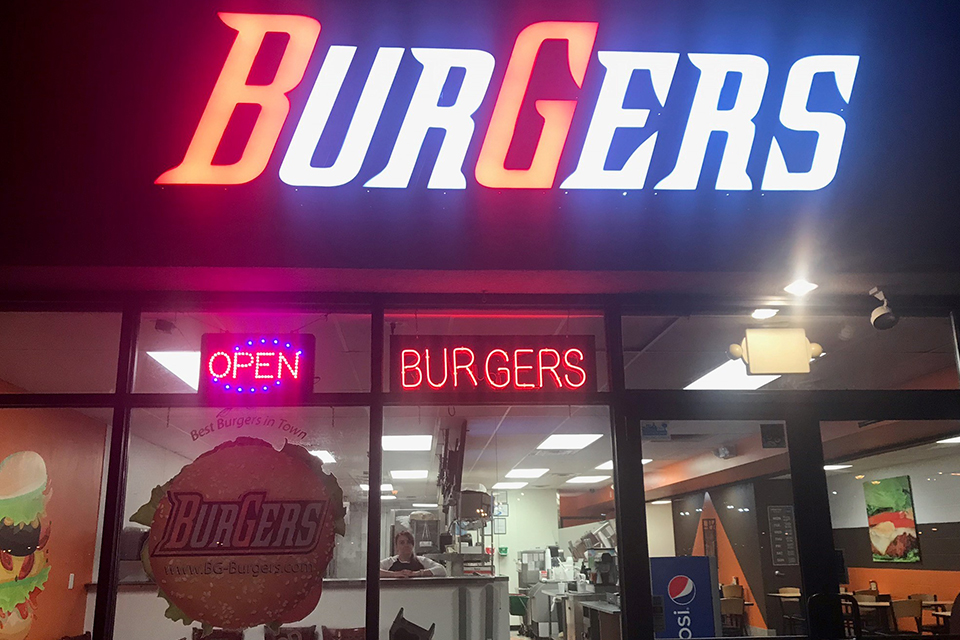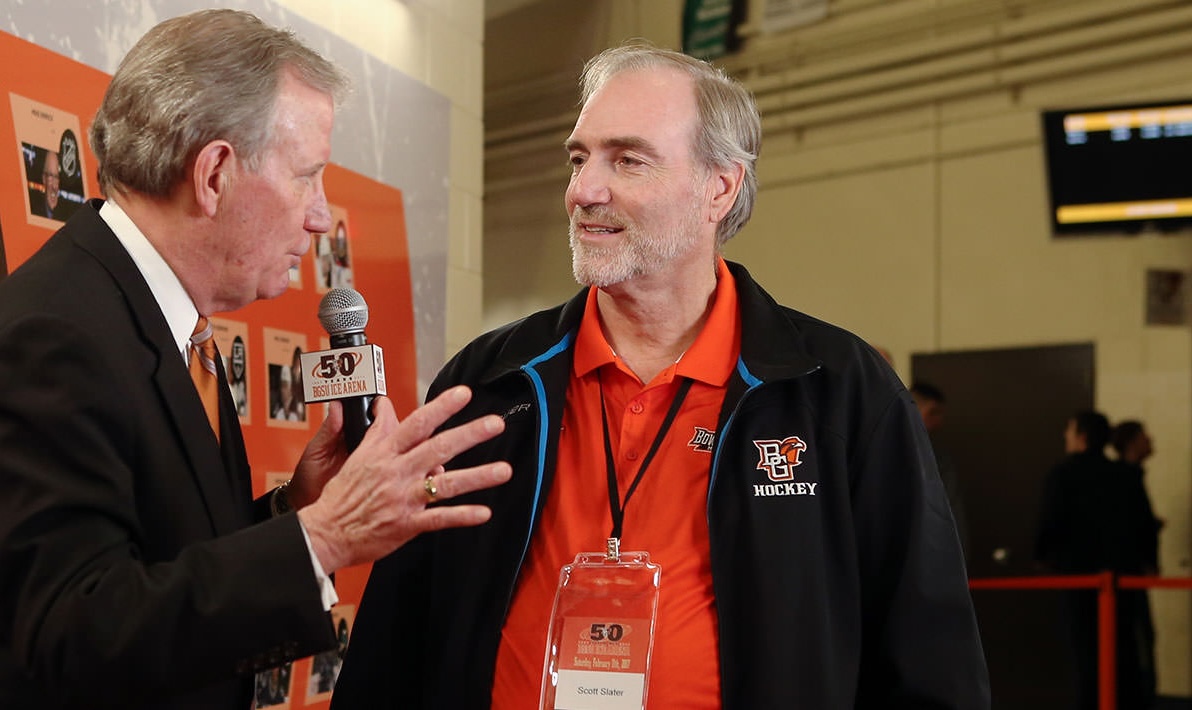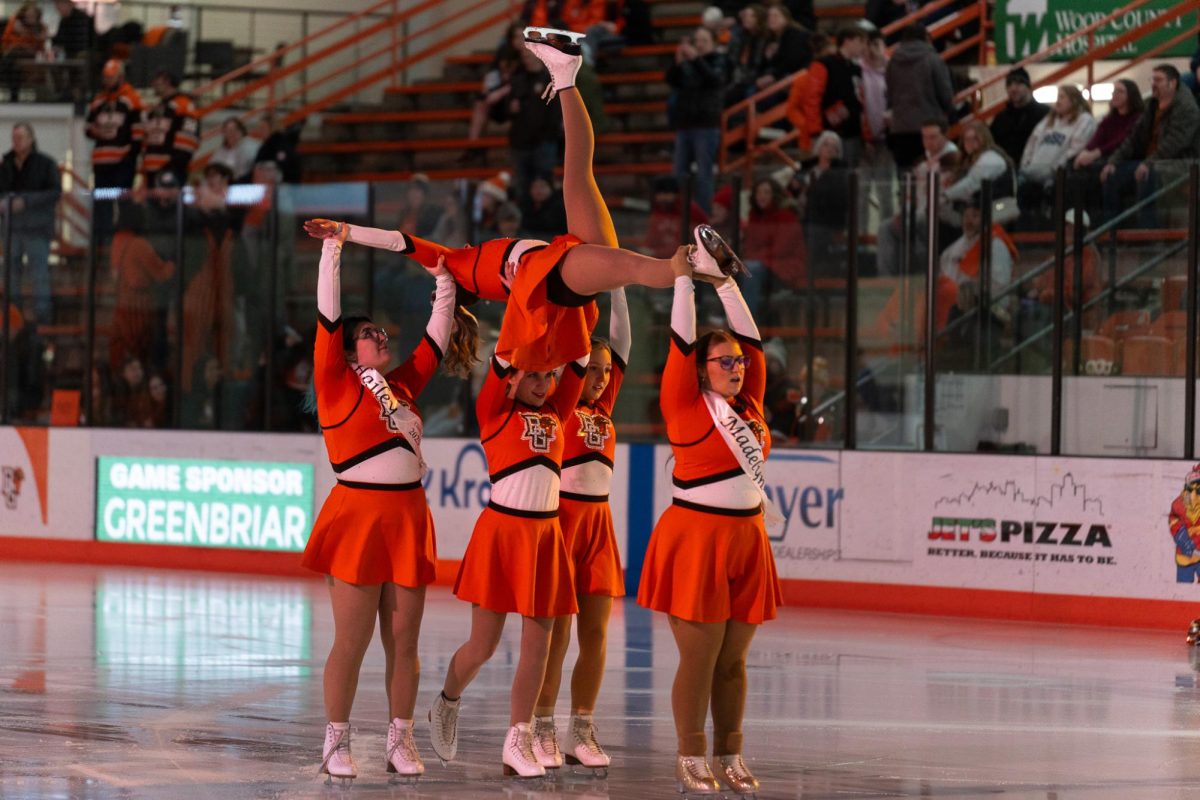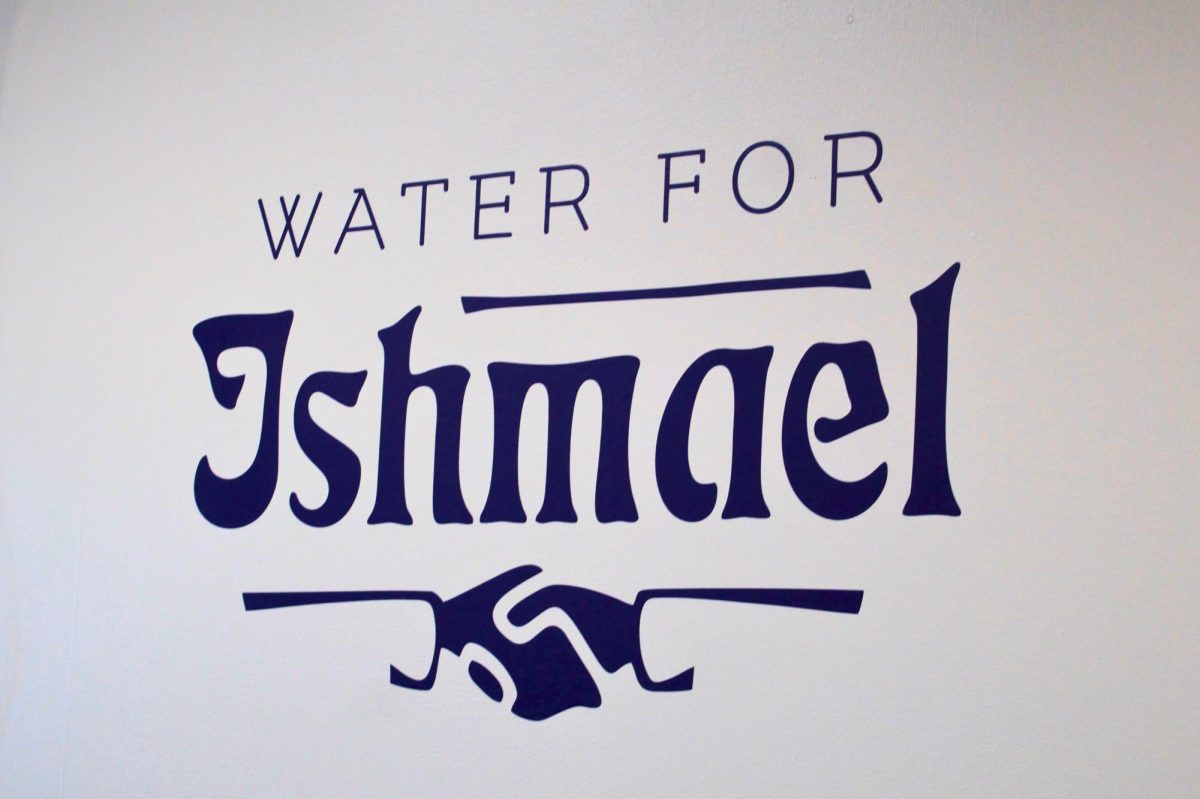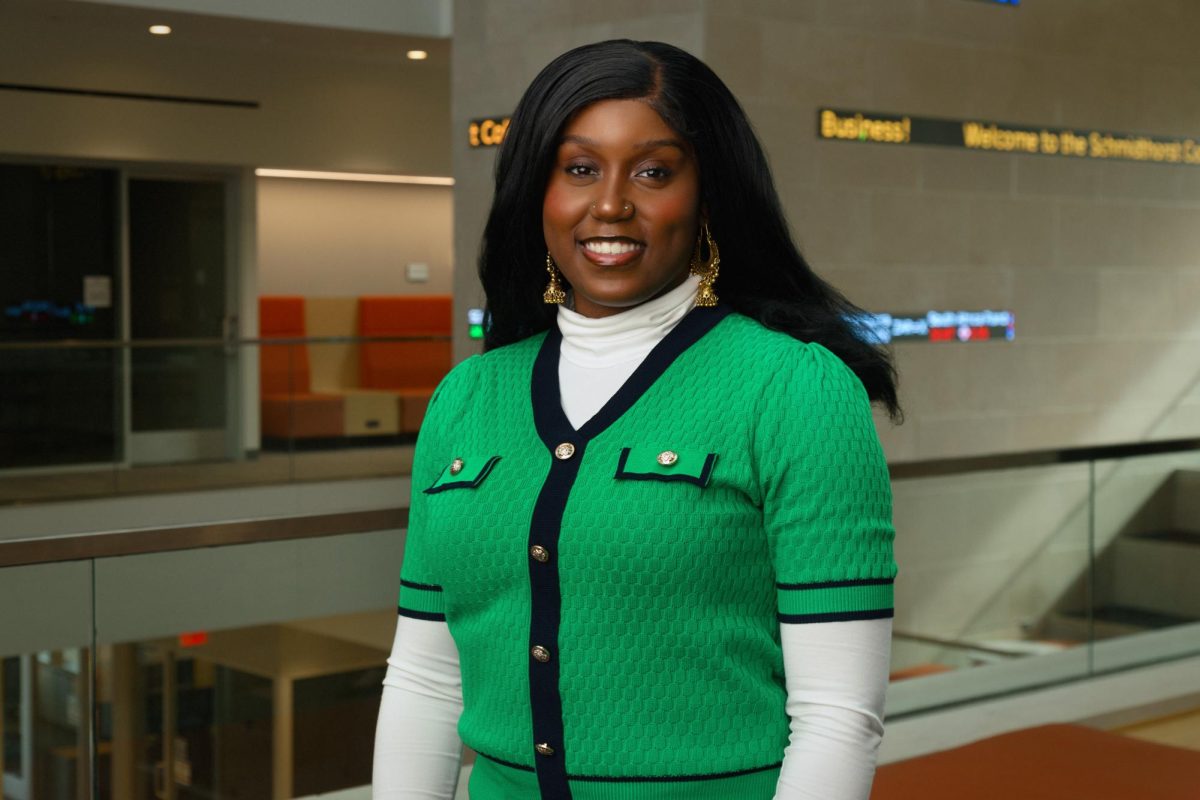“American culture has definitely influenced how people wear makeup and how many people wear makeup,” said Carissa Newsome Coordinator for the Center for Women and Gender Equity at Bowling Green State University.
In a survey study of 1,000 women in the U.S., 74% wear makeup, according to a December 2023 article from YouGov.
The reason women wear makeup is a result of many factors. According to the study, 49% of women say the primary reason they wear makeup is for a confidence boost. Several other reasons for wearing makeup included special occasions (45%), enhancing facial features (34%), covering blemishes (30%), self-expression (26%) and to hide signs of aging (20%).
While there are a variety of reasons why women wear makeup, Newsome believes these factors have changed as time has gone on.
“Historically it [wearing makeup] probably has its roots in the patriarchy and what society thinks women should do, and how they should present themselves. But I think we’ve also seen a change in the last 30 years, it’s become less of an influence. I think more women now are wearing it just because they like it,” she said.
Newsome thinks part of the shift in women’s makeup usage can also be attributed to capitalism.
“I think the American culture around capitalism and consumerism have influenced other people wearing makeup because there is always a new makeup trend to try, always a new product to buy and use. So, people will toss that makeup to the side and buy new makeup to do what the trends are saying,” she said.
Former BGSU Education student and makeup enthusiast, Alyssa Barbeck, mentioned social media likely plays a factor in the percentage of women in the U.S. who wear makeup.
“Because of social media, there’s a lot of things that are edited that people might want to look like, so they try to attain those beauty standards that they see in the media,” she said.
Barbeck also mentioned how wearing makeup makes her feel.
“Anybody can wear makeup, but when I wear makeup, personally, I feel more feminine, and I feel pretty,” she said.
Along with wearing makeup for different reasons, women in the study also ranked what makeup products they use most frequently. The top five most used products were mascara (46%), Lipstick or lip gloss (43%), foundation (35%), eyeliner (32%) and eyeshadow (31%).
Barbeck agreed at least one of the statistics was true for her.
“I do wear it [makeup] mostly every day, usually just blush and lip gloss,” she said.
The study also broke down the surveyed adult women into different age ranges; 18-29, 30-44, 45-64 and 65 and older. Out of all the age groups studied, the 65 and older age range had the largest number of women who wear makeup daily.
Assistant Professor at BGSU, Dr. Bailey Dick, who conducts research focused on how media forms people’s understanding of gender, class and power dynamics, spoke about aging related to makeup within U.S. culture.
“We have, culturally, such a fear of aging. There are all these things to do to get rid of wrinkles. So, maybe some of it [makeup usage] is to avoid the appearance of aging because that is something that culturally we’ve decided is unacceptable,” she said.
Dick also mentioned in terms of mindset, there is a spectrum of reasons for women to wear and purchase makeup, whether for better or for worse.
“Anything that someone can do to express themselves and their identity, providing it’s not harmful to someone else, that can’t be a bad thing. But when things are promoted that capitalize on people’s insecurities, fears, hurts, and then you have to buy that, that’s pretty dark,” she said.
The study also found there was a correlation between education and makeup usage in women.
“Education also plays a role: Women without any college education are more likely than those who have gone to college to say they never wear makeup,” according to YouGov.
Dick discussed the differences in makeup expectations based on job type, which could be linked to jobs requiring or not requiring a college degree.
“What you do for a living, whether or not you work on a farm, you’re probably not going to wear makeup, or whether or not you work in a trade. Generally, it’s a mix of social and cultural factors,” she said.
Overall, women’s makeup usage in the U.S., though it occurs for a variety of reasons, and involves various products and age groups, is fairly prominent within U.S. culture.


